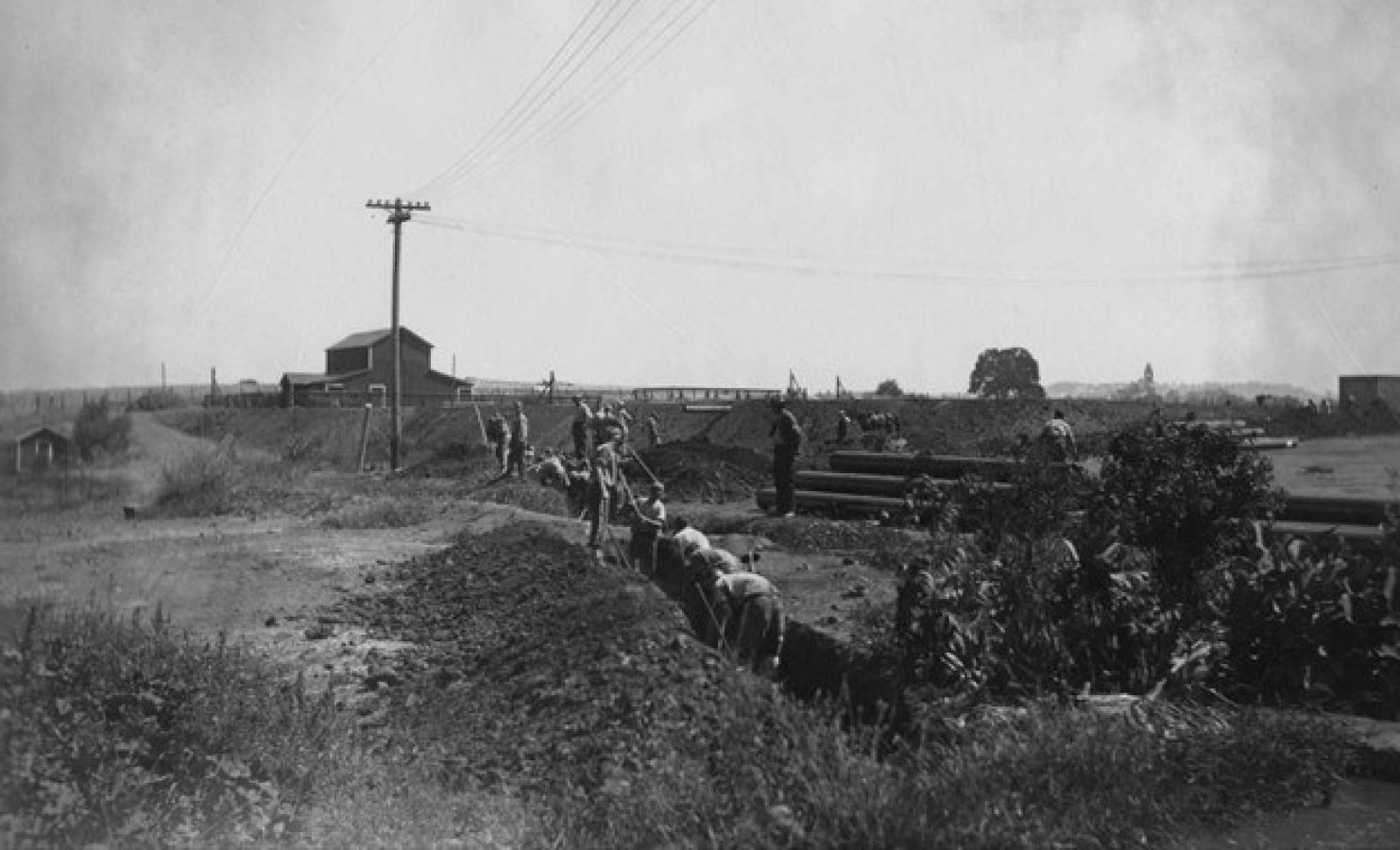For more than a century, California’s youth corrections system reflected the false promise of rehabilitation through confinement. From the opening of the Whittier State Reformatory in 1891 to the closure of the Division of Juvenile Justice (DJJ) in 2023, generations of young people endured abuse, neglect, and systemic racism behind institutional walls.
The closure of DJJ marked not just the end of a system: it marked the triumph of a decades-long struggle for justice led by survivors, advocates, and reformers. At the forefront of this movement stood the Center on Juvenile and Criminal Justice (CJCJ), whose research, advocacy, and vision helped transform California’s approach to youth justice and inspired reform nationwide.


